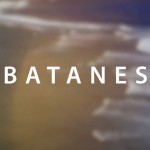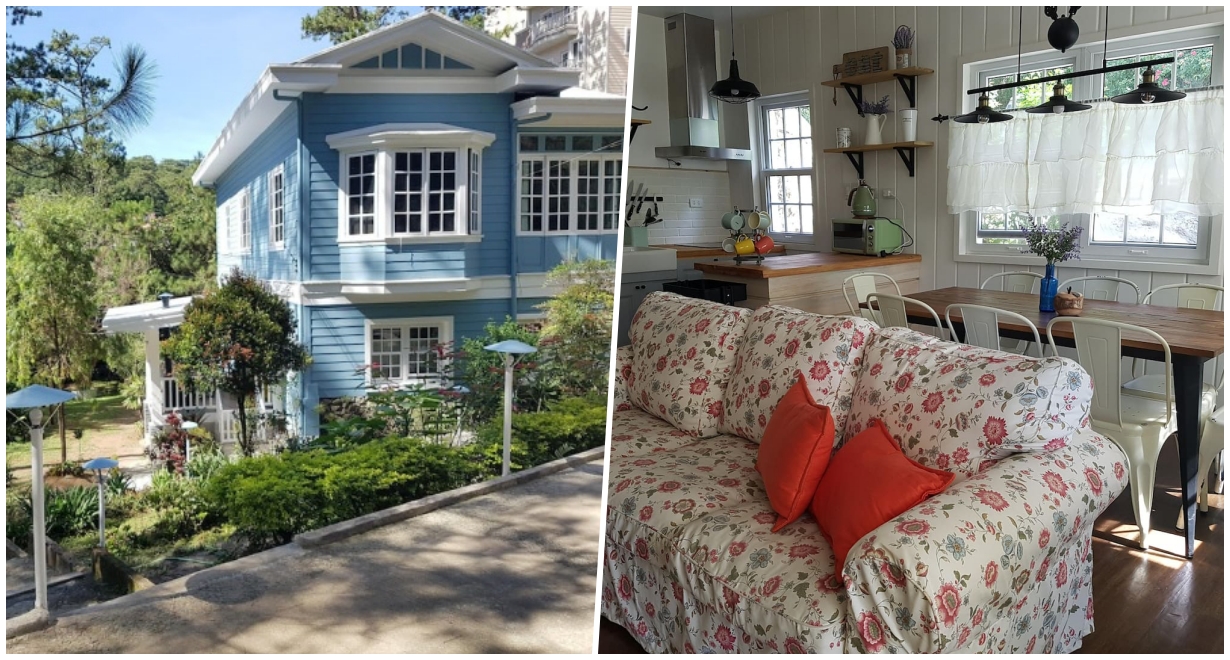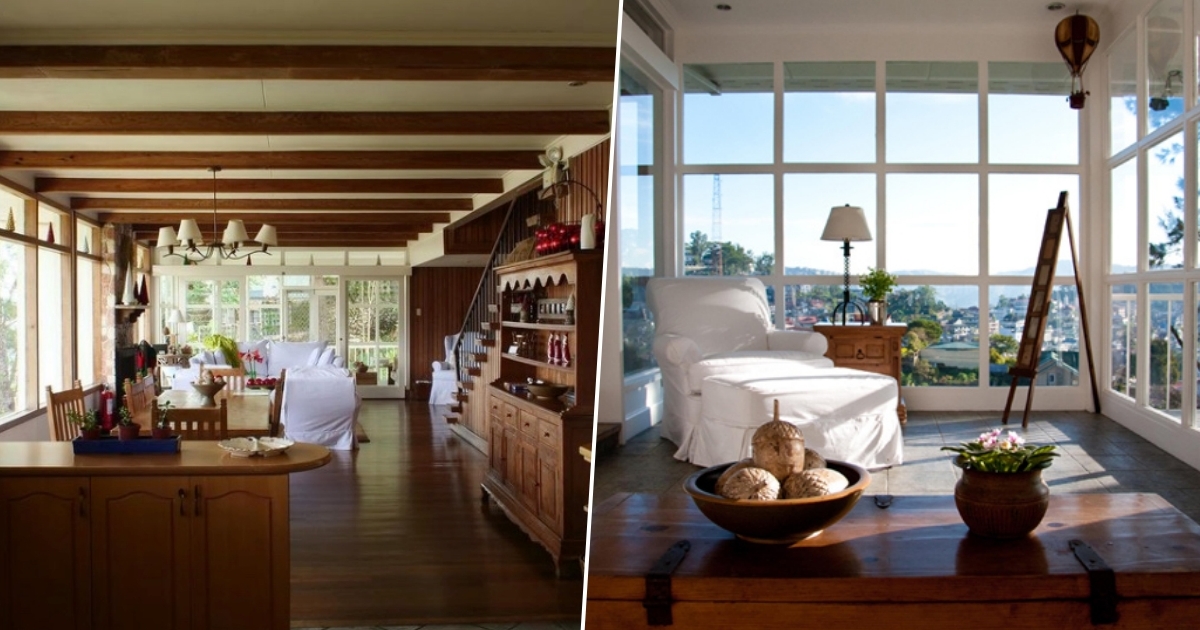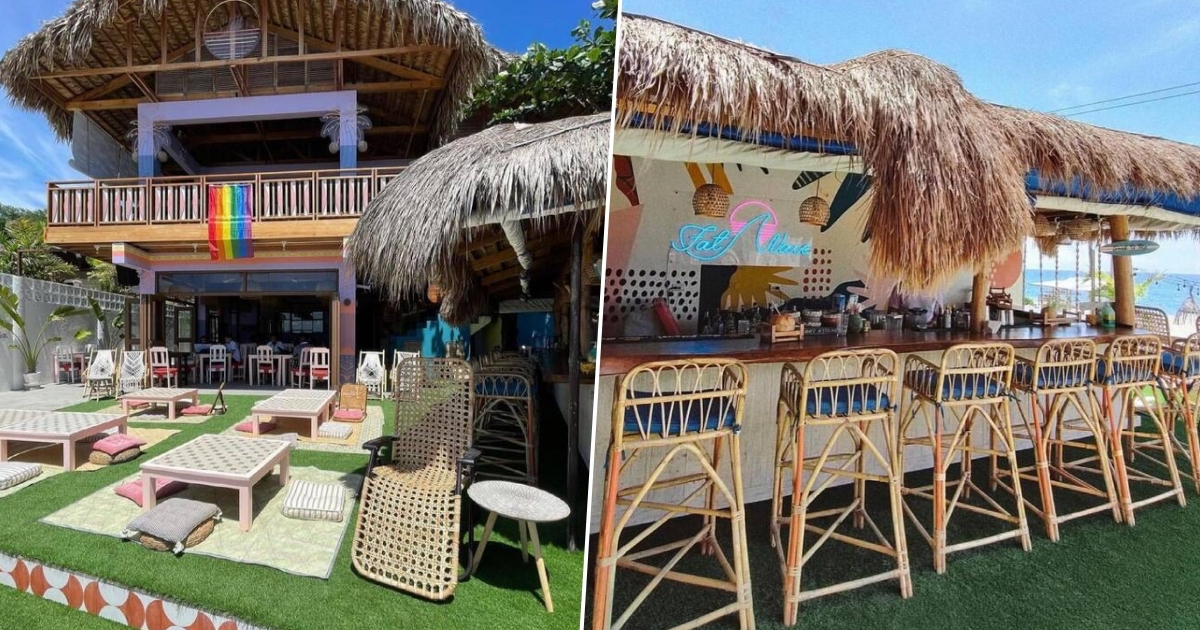Going Home: Finding Identity in Kalinga
The methodical tap-tap-tapping of the sticks.
by Timmy Potenciano | April 21, 2015
[article_carousel images=”http://windowseat.ph/wp-content/uploads/2015/04/School-Board.jpg, http://windowseat.ph/wp-content/uploads/2015/04/Kalinga-Mountains2B.jpg”] [quoted_text text=”Going to the mountains is going home.” author=”John Muir”]
I have lived all my life in Manila. Unlike so many others, I didn’t uproot from the safety of some provincial paradise to strike it out in the Big Bad City. I’m a city mouse born and raised in Metro Manila. Growing up, I never really knew what it was like to ‘come home’ the way my friends did; there was no idyllic province to journey to during the holidays, no regional dialect that lent its brash or sing-songy intonation to the English (and pidgin Tagalog) I spoke growing up. In retrospect, I was trying to find my identity, and I was sure I wasn’t going to find it by staying in Manila. This is why I began to venture out and see what lay beyond the confines of the city I live in if only to search for a place where I felt more at home.
Another thing that I found different about my friends and I was the places we wanted to go to when we planned our trips. The beach-centric culture that is prevalent in the country never held as much appeal to me as it did to other people. While I do enjoy and revel in the beauty of jewel-blue waters and sand beneath my feet on balmy summer days, I always felt more excited for annual family trips to Baguio, soul-searching trips to Sagada, and the brief but beautiful stopovers in Bontoc. It may be the cold, bracing air, the breathtaking views, or the physical effort of traveling through the terrain, but there is definitely something about the long treks to the Cordilleras that make me feel like I am truly alive.
The History of Kalinga Tattoos
Some years ago, I got wind of a tiny little town called Buscalan located in Kalinga, inhabited by the Butbut tribe, fearsome Kalinga warriors whose history as headhunters made them a force to be reckoned with, and one of the very few tribes in the Philippines who were not subject to Japanese or American colonization.
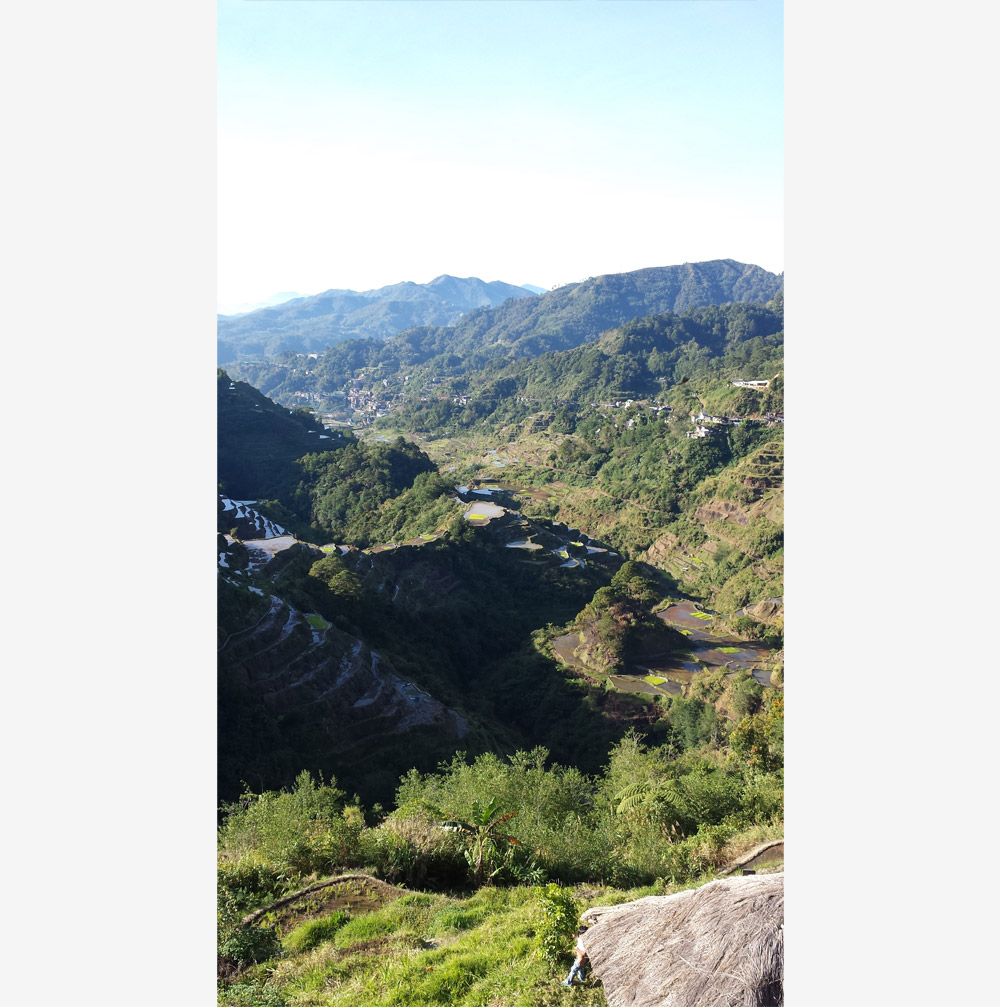
Another remarkable tradition among the Kalinga people was their tattoos. The men were inked to mark their bravery as warriors, while the women were adorned with tattoos to enhance their beauty. While the tradition has largely died out in favor of modernization, one last tattoo artist remains to carry on the tradition. Whang-Od is known far and wide for being the last mambabatok, or practitioner of traditional hand-tapped tattooing. This practice of hand-tapped tattooing is said to be over a thousand years old, passed down from generation to generation of the Kalinga people as an art form, using skin as a canvas to tell their stories.
The Trek
For years, I wanted to make the trek to Kalinga to be bestowed with traditional tattoos from Whang-Od, and the opportunity to do this finally came in January of 2015. The journey itself is some 220 miles from Manila, but the travel time takes approximately 17 hours – the usual route involves a bus and a rickety jeepney ride through narrow roads that can only accommodate one vehicle. If you aren’t the religious type, you might find yourself praying you’ll make it: one false move on the part of the driver of your vehicle could equal certain death in the rocky ravine below. If you can withstand the travel time, you are afforded stunning views of the mountains and rice terraces as you ascend the mountains. At the end of the trip is Tinglayan, the jump-off point at Kalinga where you make your way up to Buscalan.
Our guide, the ever cool kuya Charlie Pan-Oy, met us with a mischievous glimmer in his eye, obviously judging the out-of-shape gaggle of city slickers about to embark on the grueling hike to the village. The jump-off point is a plateau with a path into the sprawling mountain range ahead. In the distance, you will see houses that look like white dots – that is Buscalan.
The way up to the village is so remote; the only way to access it is via a paved and narrow walkway carved into the side of the mountain. At some points, the path becomes so narrow that you need to face the mountain and crab-walk to the other side while holding on for dear life. As the path descends to the foot of the mountain, you are faced with an almost vertical assault up another mountain leading up to Buscalan, some one thousand steps high. To say that you will be removed from your physical comfort zone, especially if you aren’t a mountaineer, to begin with, is an understatement.
As I climbed the steps to Buscalan for the first time, I thought about the people who did this every single day of their lives. It was no wonder why all the people who lived in the mountains were so strong and sure-footed, especially the old men and women. With that thought in mind, I pushed forward until I finally arrived.
Outside of the Existing Narratives
Buscalan is an idyllic village that seems to be trapped in time, save for a few modern innovations here and there. There is virtually no commercial establishment present in the community, save for a small guesthouse to accommodate visitors. The same goes for mobile network signals. Little half-naked children ran around amongst chickens and domesticated pigs, asking for candy. Men and teenage boys, brown and strong from tilling the fields and carrying cargo up and down the mountain greeted us hello.
Occasionally, old women would bemusedly nod at us, their arms adorned with traditional tattoos and necks sagging under the weight of the multicolored, traditional Kalinga heirloom beads they wore, passed down to them from their mother’s mothers. I wanted to immerse in the community and get to know each and every citizen of Buscalan, but alas, I was not gifted with the luxury of time to do this. In retrospect, I cannot help but be in awe of Buscalan.
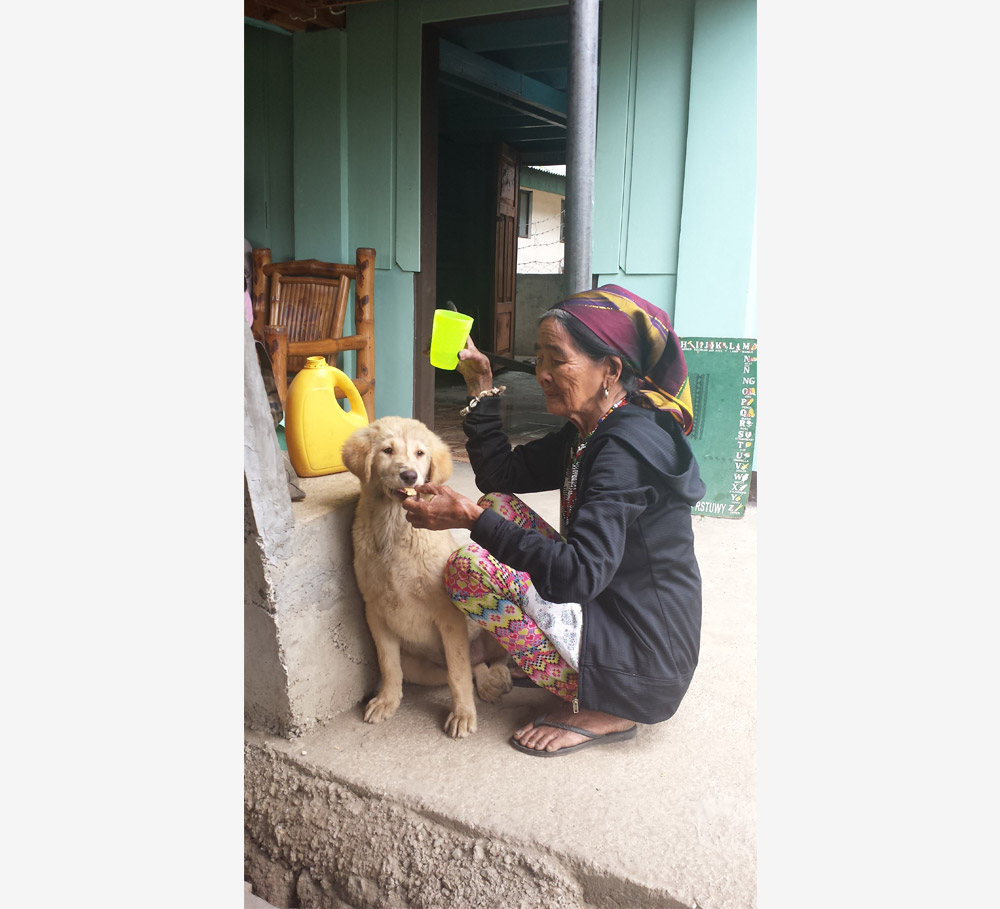
Outside of the existing narratives of Manila, the fact that a place like this exists is nothing short of miraculous.
The Gift of Tradition
As we settled in, Charlie led us to a tiny hut overlooking the mountain where I finally met Whang-Od herself, and her grandniece and apprentice, Grace Palicas.
For such a tiny woman, Whang-Od’s presence was immense. Her silver hair was wrapped in a colourful scarf, neck adorned with traditional jewelry. Her arms were covered in the traditional Kalinga patterns; a living relic of a bygone era. After lines of people waiting their turn to receive their tattoos, I finally sat down to have a tattoo of my own. I chose the ‘filig’ pattern, or mountains, to pay homage to my love for the Cordilleras. She nodded and traced the pattern on my skin with a bent piece of grass dipped in a mixture of soot and water. She then deftly wielded her bamboo sticks with a suha thorn dipped in the ink and began. The methodical tap-tap-tapping of the sticks was soothing to the ears, but the pain of the large thorn hitting my skin again and again was jarring, to say the least.
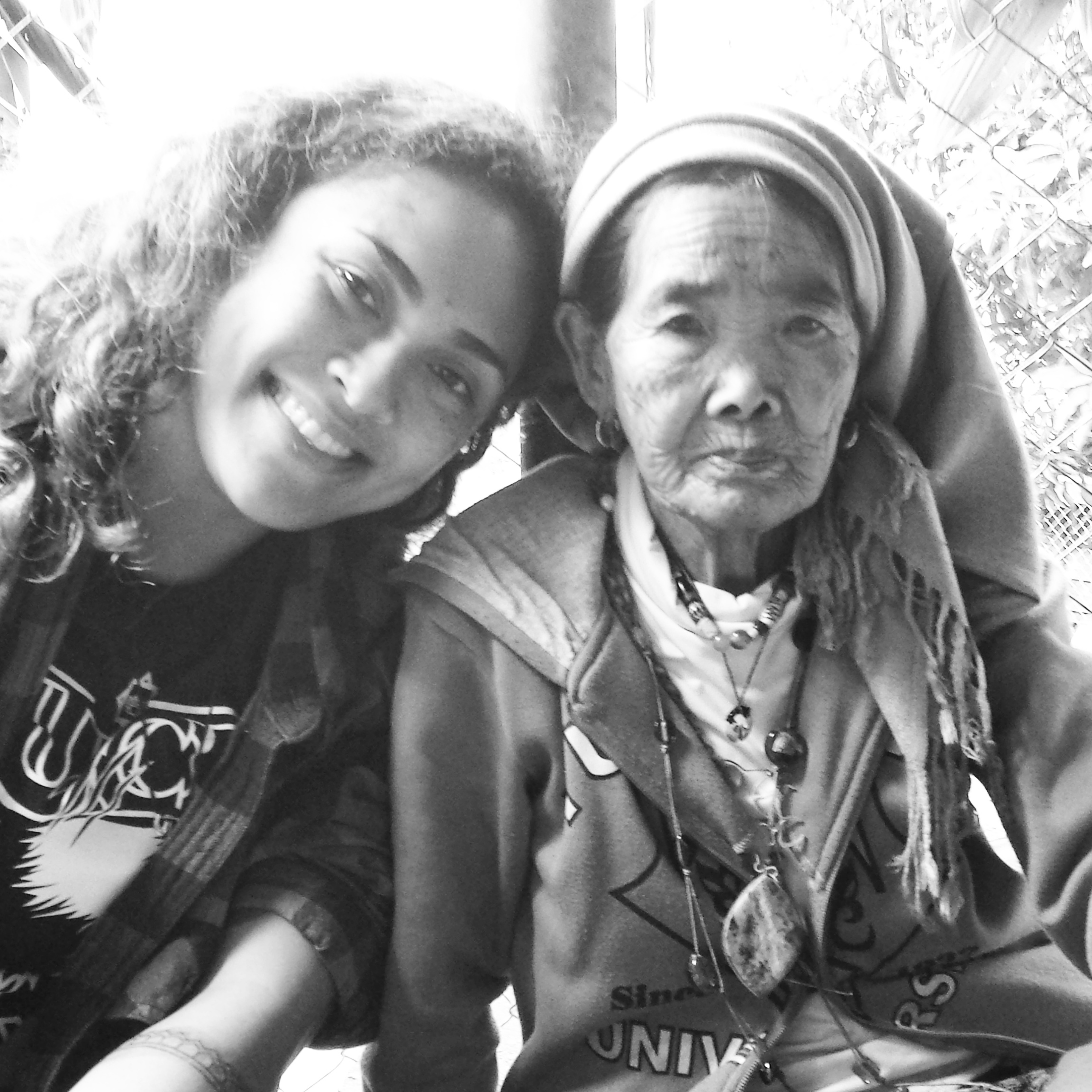
I braced myself for the pain, because Whang-Od was bestowing the gift of Kalinga tradition on my skin. When it was all over, my arm had swollen to the size of a turkey leg, but the mountain pattern was beautifully, permanently etched on my skin. The swelling subsided, and I have since come back and added more patterns to the tattoo, from Grace this time. I plan to keep on making the pilgrimage to Buscalan to add more stories to my skin, and to finally spend time in the community.
There is something about the Cordilleras that has left an indelible mark on me. Every time I return to her open arms, I feel alive – but most of all, I feel like I am going home.






